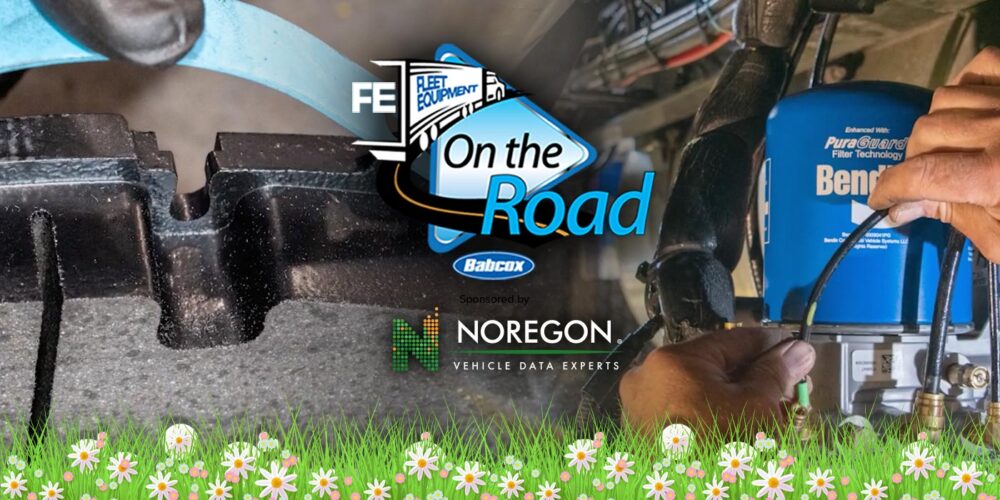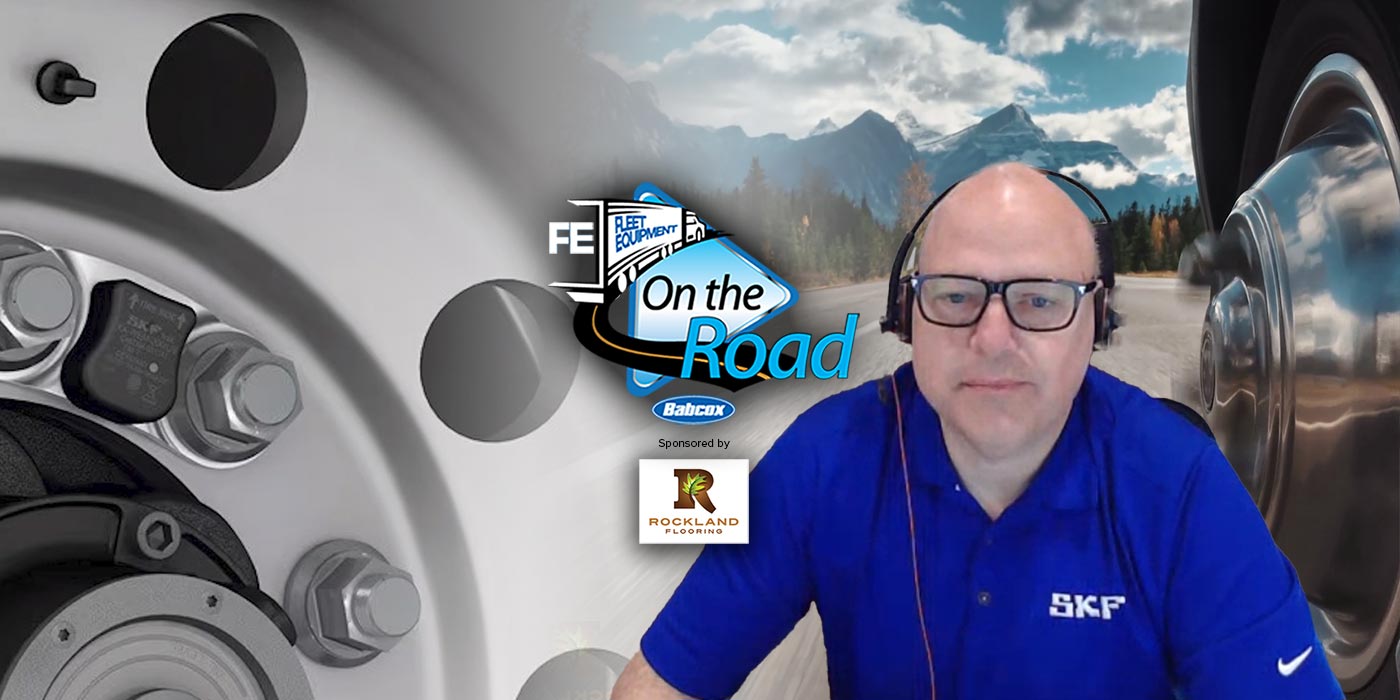Tread patterns affect all kinds of performance criteria for your trucks, like traction and braking, tire removal mileage, fuel efficiency, maneuverability, noise and driver comfort.
Click here to watch more of FE’s On the Road video series.
Here is a transcript of the video:
Consider your tire tread. Very fancy.
But it’s more than that. It plays a huge part in defining the traction and rolling resistance of your tires.
But it’s more than that too! Tread patterns affect all kinds of performance criteria for your trucks, like traction and braking, tire removal mileage, fuel efficiency, maneuverability, noise, driver comfort, tire durability and resistance to stone retention and stone drilling.
This is why tire companies have tread pattern specialists on staff who know what patterns perform best in certain applications when starting a new design.
When it comes to tread pattern development, tire engineers will first identify the type of truck appropriate for the design, then the wheel position, then application, and finally the characteristics they want from the tire.
A waste haul truck experiences a lot of braking and acceleration, predominantly right-hand turns and a lot of debris that is hazardous to tires. On the other hand, a long-haul truck will experience higher speeds, a lot of straight-line driving and a high expectation for fuel efficiency.
For long-haul trucking tires, a company might develop tires with a standard five-rib pattern, optimizing performance in the rolling resistance category. For vocational applications, such as in construction, a deeper, four-rib tread design is a better choice to combat the high rate of scrubbing the tires will encounter.
Typically, tread patterns with fewer sipes, straight ribs and less tread depth will lower rolling resistance. Less tread depth keeps the tread from squirming under load, which is directionally better for rolling resistance.
Here’s one for all the long-haul fleet managers: Have you noticed your drive tires wearing faster than tires on steer and trailer axles? There’s a reason for that.
A drive axle tire often has a deeper tread depth than a steer or trailer axle tire. The more open the tread design, the quicker it will wear. So, the drive axle tire will initially wear faster simply due to the instability of the blocks when new. As the blocks wear down, the miles per 32nd inch of rubber will increase as the blocks become more stable at lower tread depths.
An open-shoulder design coupled with deep tread will give the best overall traction performance. In a long-haul application, a drive tire is different from a steer or trailer tire since it’s designed to go straight, and have torque applied.













